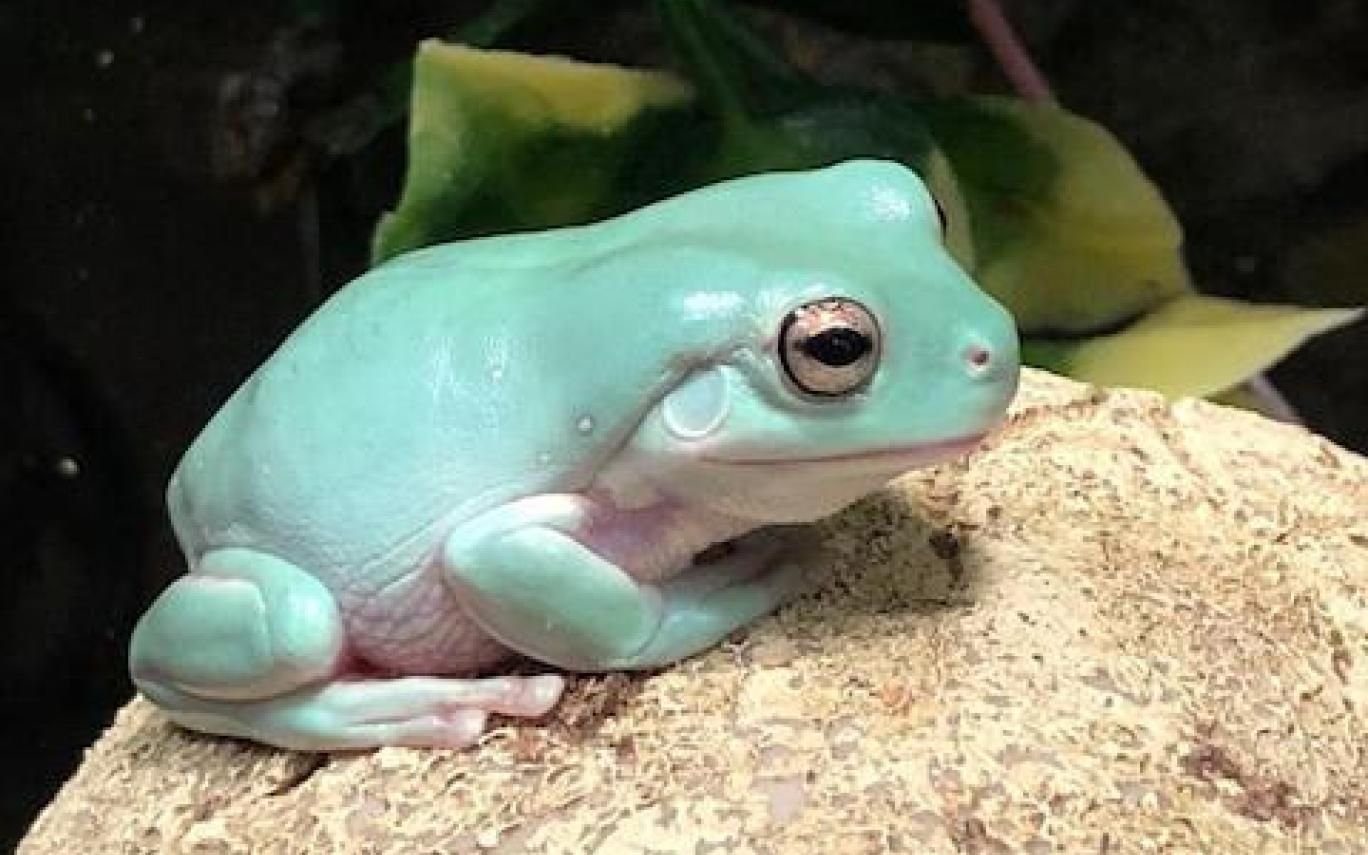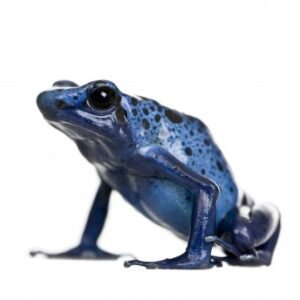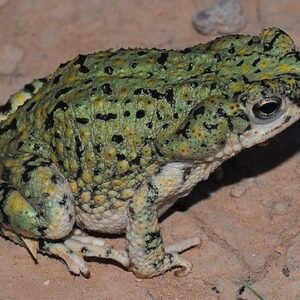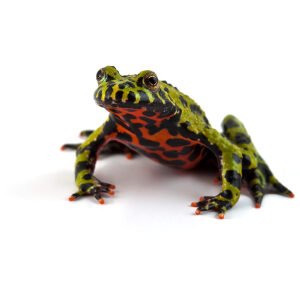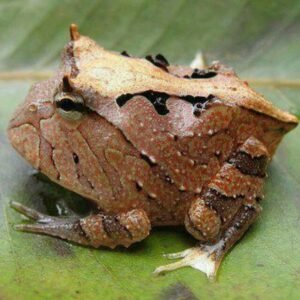The Fascinating World of White’s Tree Frog: Care, Habitat, and More
Introduction to White’s Tree Frog
White’s Tree Frog, scientifically known as Litoria caerulea, is a striking amphibian that captures the attention of both nature enthusiasts and pet owners alike. This species belongs to the Hylidae family, which is commonly recognized for its diverse range of tree frogs. Native to Australia and New Guinea, White’s Tree Frog is a prime example of adaptability, thriving in various environments, including tropical forests, suburban backyards, and even urban regions.
One of the most distinctive characteristics of White’s Tree Frog is its vibrant coloration. Typically, these frogs exhibit a beautiful mix of bright greens and subtle blues, which allows them to blend seamlessly into their lush surroundings. This color adaptation serves both camouflaging purposes and plays a role in their mating displays. Furthermore, the size of White’s Tree Frog sets it apart from other tree frogs; it can grow up to 10 centimeters (approximately 4 inches) in length, making it one of the larger species within its family. Its robust and stocky body, along with large, expressive eyes, contribute to its appealing appearance.
White’s Tree Frogs inhabit a wide variety of environments across Australia and New Guinea, ranging from rainforests to dry woodlands. They are often found in tree canopies where they utilize their excellent climbing abilities. Typically, these frogs prefer locations near water sources, which are essential for breeding and providing sufficient humidity in their habitat. As nocturnal creatures, they exhibit interesting behaviors at night, including vocalizations that can be heard echoing through the forests, particularly during the mating season. Understanding the significance of White’s Tree Frog in its natural habitat is crucial for appreciating its role in ecosystems as well as its increasing popularity as a pet among amphibian lovers.
Caring for White’s Tree Frog as a Pet
White’s Tree Frog, also known as the Dumpy Tree Frog, is a popular choice among amphibian enthusiasts due to its captivating appearance and relatively easy care requirements. When considering adding this species to one’s household, it is essential to create an environment that closely mimics its natural habitat to promote health and longevity. The first step in ensuring proper care is selecting an appropriate enclosure size; a terrarium that is at least 20 gallons is suggested for one or two frogs. This allows ample space for climbing, which is crucial as White’s Tree Frogs enjoy vertical environments.
In terms of environmental needs, maintaining proper humidity levels is paramount. These frogs thrive in humidity levels between 50% to 70%. To achieve this, regular misting and the use of a substrate that retains moisture can be beneficial. Additionally, it is vital to monitor the temperature within the terrarium, which should ideally remain between 75°F to 85°F during the day and slightly cooler at night. A heat source, such as a lamp or under-tank heating pad, can be employed to maintain optimal conditions.
Feeding White’s Tree Frogs also requires careful attention. A varied diet consisting of crickets, mealworms, and occasional fruit flies is recommended. It is important to gut-load prey items before feeding to ensure that the frogs receive adequate nutrients. Providing calcium and vitamin supplements a few times a week also aids in preventing metabolic bone disease, a common health issue faced by captive amphibians.
Common health considerations include monitoring for signs of stress, such as lethargy or changes in appetite. Regular cleaning of the enclosure, fresh water availability, and maintaining ideal environmental parameters can significantly reduce the risk of diseases. By understanding these aspects of care, pet owners can create a flourishing habitat for their White’s Tree Frogs, ensuring their well-being and happiness.
Understanding the Behavior and Social Needs
White’s Tree Frog (Litoria caerulea), known for its charming appearance and docile nature, displays a range of fascinating behaviors that reflect its social and instinctual needs. In a natural setting, these frogs are often found in small groups, highlighting their inclination towards social living. While they can adapt to solitary conditions, they thrive when kept with other compatible frogs, enjoying the presence of their peers.
Daily activities of White’s Tree Frogs involve periods of rest interspersed with foraging for food and hydration. They are primarily nocturnal, becoming active after sunset when they venture out to hunt insects. Observing their interactions, potential owners can note that these frogs communicate through a variety of vocalizations, especially during mating season. The deep croaking sounds, which may range from soft calls to louder pleas, serve both as a means of attracting mates and establishing territory within their habitat.
Despite their social nature, White’s Tree Frogs can demonstrate signs of stress or discomfort, particularly when housed improperly. Common indicators of distress include excessive hiding, reduced activity, or changes in vocalization patterns. Maintaining optimal environmental conditions, such as humidity and temperature, is crucial to their well-being. Providing ample climbing spaces and hiding spots can help reduce stress, creating a more secure and enriching environment. Observing both the frogs’ interactions and their behavior in response to environmental changes will help owners gauge their social health.
Ultimately, understanding the behavior and social needs of White’s Tree Frogs is essential for prospective pet owners. By acknowledging their social instincts and providing a suitable habitat, one can foster a thriving environment that enhances the well-being of these captivating amphibians.
Conservation and the Future of White’s Tree Frogs
White’s Tree Frogs (Litoria caerulea), known for their vibrant coloration and captivating nature, have become increasingly popular as pets. However, their conservation status requires urgent attention. In the wild, these amphibians face numerous threats that jeopardize their survival. Habitat loss due to urbanization, agriculture, and deforestation are the most significant challenges they encounter. Additionally, climate change presents a critical risk, disrupting their natural habitats and breeding cycles.
Another alarming threat is the spread of infectious diseases, such as chytridiomycosis, a fungal infection that has decimated amphibian populations worldwide. In regions where White’s Tree Frogs reside, the introduction of non-native species can further exacerbate the situation, as these species may compete for resources or introduce new pathogens. As the natural habitat of these frogs diminishes, understanding the importance of habitat preservation becomes paramount for their survival.
Current conservation efforts focus on habitat restoration and the establishment of protected areas to ensure the longevity of White’s Tree Frogs in their natural environment. Conservation organizations actively collaborate with local governments and communities to create awareness about the significance of wetlands and forests that support these unique amphibians. Furthermore, monitoring population dynamics and conducting research help identify potential threats, providing critical data for effective conservation strategies.
Individuals can play a crucial role in protecting White’s Tree Frogs through responsible pet ownership. Potential pet owners should ensure they are sourcing their frogs from reputable breeders who prioritize sustainable practices. Furthermore, engaging in advocacy and supporting conservation initiatives can contribute significantly to the efforts aimed at preserving these fascinating creatures in their natural habitat. By recognizing the ecological importance of White’s Tree Frogs and the fragile ecosystems they inhabit, we can foster a greater appreciation and commitment to conservation efforts in the future.

